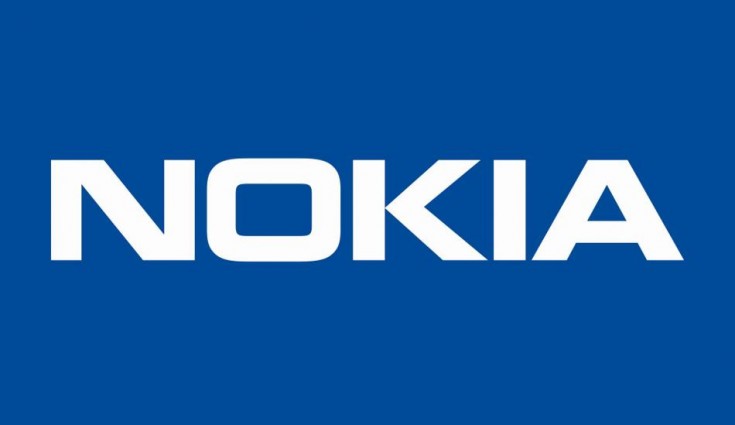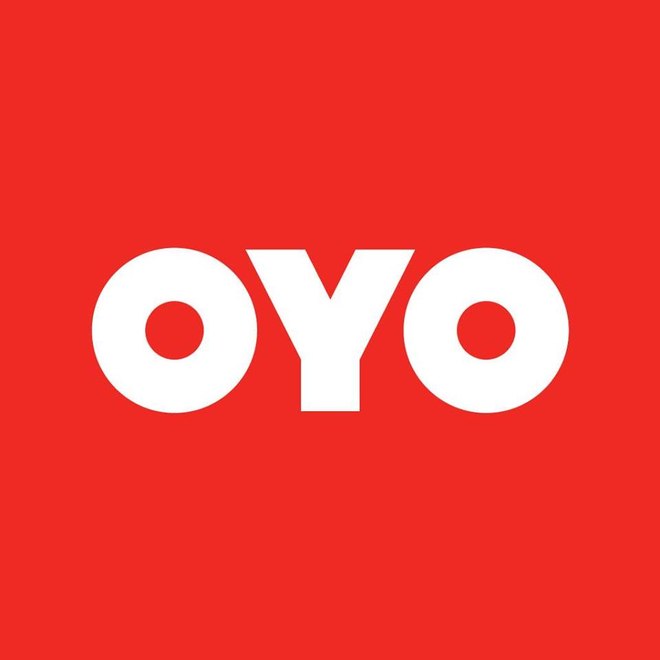Nokia is launching Quillion, a new family of chipsets that will power next-generation massive scale access networks. Leveraging Nokia’s extensive expertise, the Quillion chipset will allow operators to easily introduce 10G PON in their fiber networks and to serve more users from ultra-high-speed G.fast access nodes.
Sandra Motley, President of Fixed Networks at Nokia, said: “In a 5G world, consumers will expect a gigabit experience regardless if they are at home or on the go. Our Quillion chipset is designed to deliver gigabit broadband to every home, using broadband technologies like fiber to complement 5G in massive scale access networks. This allows operators to efficiently connect more people with higher speeds, and positively impacts their business case.”
For operators planning to roll out next-generation fiber access networks, the Quillion chipset powers Nokia’s 16-port Multi-PON line card, which supports both GPON and NG-PON on each port. This allows operators with an existing GPON network to simply “switch on” NG-PON services on each port without recabling or disrupting the GPON service.
Quillion has also been optimized to allow for low-latency applications that are critical for 5G transport and has built-in programmability to support intents that pave the way toward automated workflows, such as network slicing for 5G transport.
The Quillion chipset family also gives operators with copper infrastructure access to the highest density G.fast and Vplus solutions on the market. Helping to reduce rack space by 50% and power consumption by 10%, Nokia’s enhanced copper solutions with Quillion chipsets enable operators to support more customers without increasing the cabinet size. This is critical for providers confined by the capacity and space of a given cabinet or node, and eliminates investment in additional rackspace, cabinets or nodes needed to serve more customers or deliver enhanced ultra-broadband services.
Julie Kunstler, Principal Analyst at Ovum said: “Nokia’s Quillion chipset family supports diverse upgrade scenarios, whether large-scale, high-density migrations or selective migrations, across multi-vendor and multi-access technologies. It also incorporates time-critical and low-latency capabilities, enabling the use of 5G for both access and transport applications by customers. These functions are essential for operators transitioning to next-generation networks.”
Did you know
- Operators will have different approaches for NG-PON migration. Our analyses show that for massive migrations, the Multi-PON solution is better approach. In lower volume deployments, a NG-PON overlay with external co-existence element is a better fit. Nokia has full portfolio that can address any migration scenario.
- The Quillion chipsets provides industry leading density and capacity enhancements to Nokia’s copper solutions that include: VDSL2: 768p (FD), Vplus: 384p (MX, FD) and G.fast: 144p 106MHz and 96p 212MHz (MX).












